5 Things Women Still Use Everyday That Were Invented By Women
Imagine how different our lives would be without them.
(Author’s Note: First published on Medium in History of Women. Medium subscribers please read it here. Thank you!)

From our morning cup of Joe to our safety on a rainy night, these gals had our backs and fronts, too! (Be sure to read to the end, because our last inventor is all that and a bag of bootleg hootch.)
Women inventors are nothing new and many, like Ada Lovelace, Hedy Lamarr, and Grace Hopper, made essential contributions to Information Technology. Only recently have women like Katherine Johnson, who played a key role in the U.S. space program, been recognized for their efforts.
Here are a few other inventors whose names may be new to you. Their accomplishments may seem modest, but imagine how different our lives would be without them.
1. Margaret E. Knight — The Paper Bag Folding Machine, 1871
Margaret E. Knight (1838–1914) began inventing at the age of 12. Knight’s father had died when she was young, and she and her siblings had to work to help support the family. An accident at the New England cotton mill where she worked inspired her to create a safety device for one of the machines.
Much later, in 1867, she went to work for the Columbia Paper Bag Company in Springfield, Massachusetts. At that time, paper bags were flat and two-sided, limiting their capacity. Knight designed a machine that would fold and glue paper into flat-bottomed bags.
Knight made a model of her machine in wood but needed an iron model to obtain a patent. Charles Annan, an employee at the ironworks commissioned to construct the model, stole Knight’s idea and patented it himself. Knight then filed a patent interference lawsuit and won in 1871.
Patent in hand, Knight founded the Eastern Paper Bag Co. with a business partner. She also collected royalties from other manufacturers who used her invention. The first woman in America to obtain a patent, Knight, was known as “Lady Edison.” She invented other devices and machine parts, but the paper bag folding machine was her most outstanding achievement. Paper bags, much like the ones made by Knight’s device, are still used by grocery stores today.
2. Sarah Boone — A Better Ironing Board, 1892
Sarah Boone (1832–1904) was a dressmaker who dreamed of a better way to iron shirts. The ironing boards available at the time were simple affairs with squared-off edges. Boone figured that a board designed to fit the contours of clothing would be much more effective and produce a superior result.
She designed a long narrow board that would fit into a sleeve that was reversible so that she could iron both sides of the sleeve without removing the board, saving both time and effort.
Boone’s design does not look very much like the ironing boards of today, but aspects of it, such as curved edges and sleeve accommodations, inspired other inventors who came after her.
In 1892, Sarah Boone became the first Black American woman to patent a device.
3. Mary Anderson — The Windshield Wiper, 1903
Mary Anderson (1866–1953) was a real estate developer from Alabama who had also operated a cattle ranch and a vineyard in Fresno, California.
On a winter trip to New York City in 1902, Anderson was riding on a trolley car when she noticed how difficult it was for the driver to see through the car’s frosty windshield. Back home in Alabama, Anderson hired an engineer to design a hand-operated windshield wiper and engaged a local company to produce a working model.
In 1903, Anderson obtained a 17-year patent for her invention. In 1905, she tried to sell the rights to her patent but was unable to do so. Unfortunately for Anderson, she was a little ahead of her time. Two years after her patent expired in 1920, the Cadillac car company made the wiper she designed standard equipment on all their cars. Other manufacturers soon followed.
Mary never married. She managed her large apartment building in Birmingham, Alabama, until her death. The rents she collected from her tenants allowed her to live comfortably. But, the incalculable riches she would have earned if only her patent had lasted a little longer escaped her grasp.
4. Melitta Bentz — The Paper Coffee Filter Brewing System, 1908
Melitta Bentz (1873–1950) was a German housewife whose brilliant idea founded a dynasty, and a very lucrative one at that. She was dissatisfied with percolators because she felt they often over-brewed the coffee. She didn’t like the way her espresso machine left grounds in the coffee, and the linen bag filters were a nuisance to clean.
Bentz experimented a little and found that the blotting paper her son used in his schoolwork made a pretty good filter. She then punched holes in a brass pot using a nail. Coffee made using this simple system was grounds free and less bitter. When her family and friends enthusiastically approved, Bentz decided to go into business.
She obtained a patent and registered her company in 1908 with her husband and two sons as her first employees. Bentz contracted with a tinsmith to construct the devices. She demonstrated her technique at a local fair and sold 1,200 filters. By 1928, she employed 80 workers. Today, her grandsons still control the company, now known as the Melitta Group. As of 2015, they employed 3,300 people and boasted revenue of over a billion dollars.
5. Caresse Crosby — The Modern Bra, 1914
Caresse Crosby, born Mary Phelps Jacob (1891–1970), led an exciting life. She was born into “old money,” the descendant of colonial Americans. Her family was wealthy and privileged, dividing its time between homes in Manhattan, Connecticut, and New Rochelle, New York.
When she was 19 years old, Crosby was dressing for a débutante ball. The corset she put on showed over the plunging neckline of her dress. Crosby told her maid to get her two handkerchiefs and some ribbon, and with needle and thread, she fashioned herself a substitute foundation garment.
“I can’t say the brassiere will ever take as great a place in history as the steamboat, but I did invent it.” — Caresse Crosby
The other girls at the dance immediately noticed that Crosby’s figure was considerably less confined than usual. Soon they were all clamoring for an undergarment like hers. A few years later, when a stranger offered her a dollar to make her one, Crosby realized the value of her idea. She obtained a patent in 1914, calling her invention the “backless brassiere.” (Roughly translated, brassière is a French word that means “chest garment.”
After marrying her first husband in 1920, Crosby founded the Fashion Form Brassière Company in Boston and employed two seamstresses to make the brassieres which she sold to department stores. She then began a scandalous affair with Harry Crosby, the man who would become her second husband. Since Harry received ample income from his trust fund, he convinced her to abandon the business after her divorce and 1922 re-marriage. He also convinced her to change her first name from Mary to Caresse.
Crosby sold her patent to The Warner Brothers Corset Company for $1,500 (equivalent to $23,000 today). She and her new husband then went to France to wine, dine and smoke opium with the other American ex-patriots. During that time, the couple met many young writers and got into publishing. Their open marriage ended in 1929 when Harry killed himself as part of a suicide pact with another woman.
Warner went on to earn $15 million on Crosby’s design over the next 30 years.
©2025 Denise Shelton. All rights reserved.





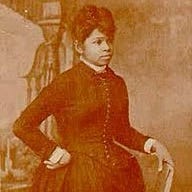
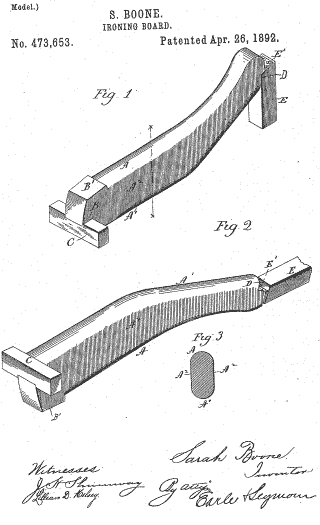
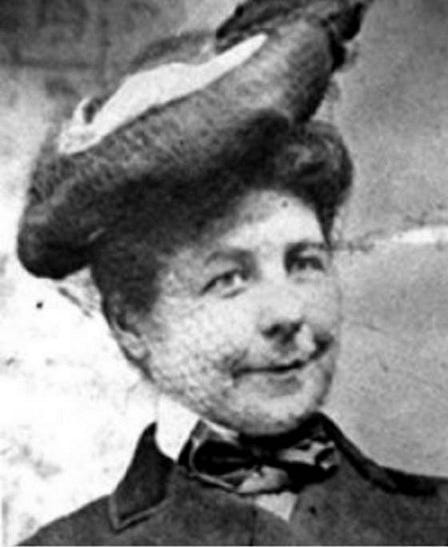
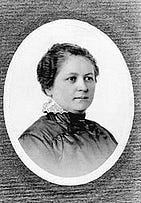

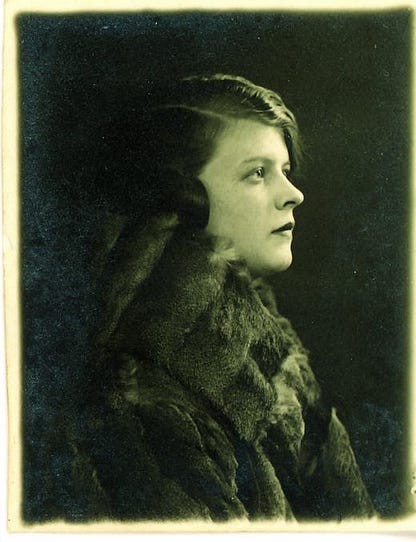

Fascinating! Thanks, Denise.
Were the Warner Brothers of the corset company related to the Warner Brothers of motion picture fame?